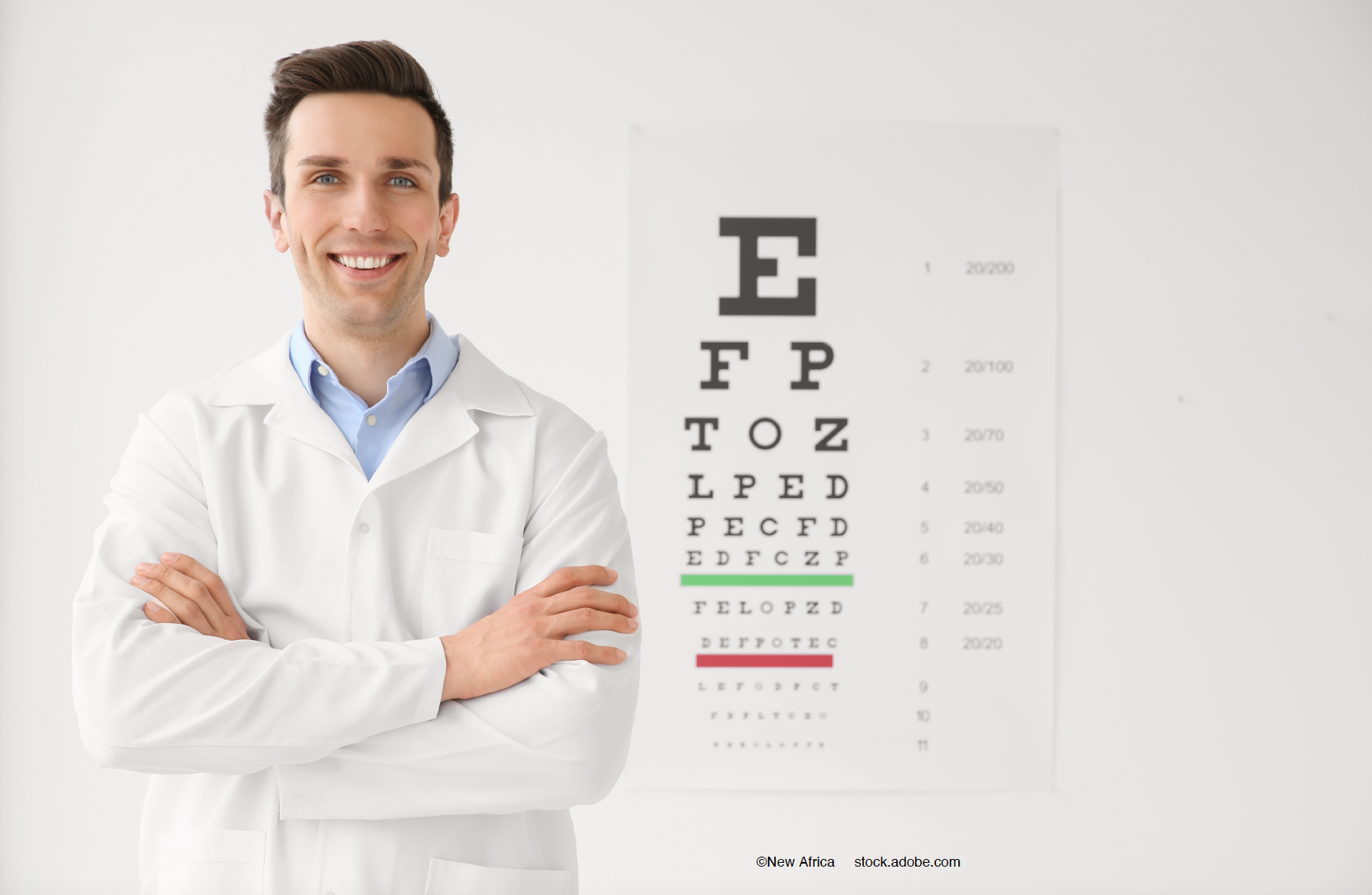Article
Private practice vs academics: What do young ophthalmologists need to know?
Author(s):
Nicole Bajic, MD, and Neel S. Vaidya, MD, MPH, share their insights from when they were at this crossroads. Learn more clinical pearls on topics like this and more at Real World Ophthalmology’s virtual conference, “Top 10 Things I Wish I Knew Sooner,” this Saturday, November 5.
This is one of the first big decisions to launch young ophthalmologists’ careers, and it’s important to have a comprehensive understanding of the different career paths to make an informed decision.

Among the many decisions that a newly minted ophthalmologist faces post-training is the decision to pursue academics or private practice. As with all choices, both academia and private practice have their pros and cons.
Many trainees spend their entire careers in academic institutions, so it might be the natural progression to stay in the realm of departmental collaboration, research, and teaching as an attending. For others, private practice environments may be preferred, with opportunities for business development and management.
Perhaps the two do not have to be isolated, and there are ways to intertwine the most appealing aspects of both.
In all cases, this is one of the first big decisions to launch young ophthalmologists’ careers; it’s important to have a comprehensive understanding of the different career paths to make an informed decision. We invited Nicole Bajic, MD, and Neel S. Vaidya, MD, MPH to share their insights from when they were at this crossroads.
For Vaidya, the opportunities to manage a small business and shape its growth pushed him towards private practice post-training. He completed his fellowship in cornea, external diseases, and refractive surgery with Chicago Cornea Consultants, where he appreciated the ability of his colleagues to build the practice that suits them. He joined the practice as a full-time associate in 2021.
“It’s a little bit more bread and butter pathology, but you get to work in a fast-paced environment, where you can help a lot of patients,” Vaidya said about private practice. “The beauty of it is that you can tailor your clinics to what interests you the most.”
If you are a cornea surgeon, but you are interested in oculoplastics and feel comfortable with those procedures, you can build that into your practice, he explained. This works because you build your own patient base—colleagues will refer patients to you based on what you choose to practice and what you practice well, he said.
As a trainee, Vaidya said one of the most rewarding aspects of his experience was the opportunity to work with the next generation of ophthalmologists and share skills. Even though he went into private practice, he was not quite ready to forgo the opportunity to teach trainees. So, he joined the faculty at Rush University as an Assistant Professor of Ophthalmology. He splits his time between full-time private practice with offices in downtown Chicago and the neighboring suburbs and at Rush, staffing resident clinics.
Bajic, an ophthalmologist at Cleveland Clinic, agrees that training fellow ophthalmologists and passing on her skills were priorities for her when making decisions about her career.
“I enjoy helping trainees learn and offer advice because I remember how much I appreciated and wanted good mentors when I was in that stage,” she said.
In fact, Bajic actually began her career in private practice but made the switch to academia when her husband received a job opportunity in a new city. Upon reassessment of her career goals, she realized she missed the variety of pathology she used to see while in training as well as the opportunity for department-wide collaborations. The large infrastructure of academic medicine offers greater support for research and experimental clinical advancements, with greater access to resources and departmental support in a university setting. Since joining the faculty at Cleveland Clinic, Bajic has enjoyed expanding her patient volume and learning from her colleagues.
Bajic’s advice to young trainees contemplating this decision is to consider academics first.
“If you are considering academics, you should definitely make the move early, as it becomes more challenging to get into it as you advance further in your career,” she said.
Vaidya’s advice is to find a mentor whose career trajectory you admire, and talk to them about how they got there. Maybe their schedule is heavy with procedures, or they are well-connected with industry, or they have a work-life balance that is appealing to you. Look for people who embody the aspects of the career that you think you will want in the future.
“If you think to yourself, ‘If I’m in this person’s position in 20 years, I will be happy,’ that is the person you should seek out for guidance,” Vaidya said. “You don’t need to follow their path exactly, but that is a good place to start.”
Insights from physicians such as Bajic and Vaidya are invaluable for young ophthalmologists making the transition from training to practice.
Learn more clinical pearls on topics like this and more at Real World Ophthalmology’s virtual conference, “Top 10 Things I Wish I Knew Sooner,” this Saturday, November 5.
Real World Ophthalmology is an educational resource designed for ophthalmology residents or fellows to succeed in the early years of their careers. The hallmark of this year’s program is physician-curated content tailored to the educational needs of young ophthalmologists, including mastering clinical and surgical skills, demystifying board exams, and building your practice. More than 70 leaders in ophthalmology, including Dimitri Azar, MD, and Carol Karp, MD, are speaking at the conference.
“Top 10 Things I Wish I Knew Sooner” is a can’t-miss opportunity for young ophthalmologists looking to launch their careers sooner rather than later. The virtual conference is free for all ophthalmologists-in-training through their first ten years of practice. Space is limited, so register today!
Newsletter
Don’t miss out—get Ophthalmology Times updates on the latest clinical advancements and expert interviews, straight to your inbox.




